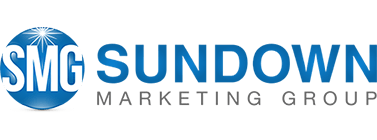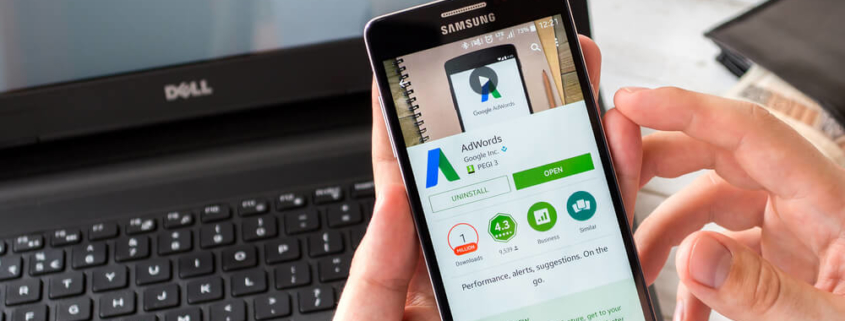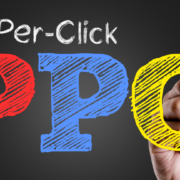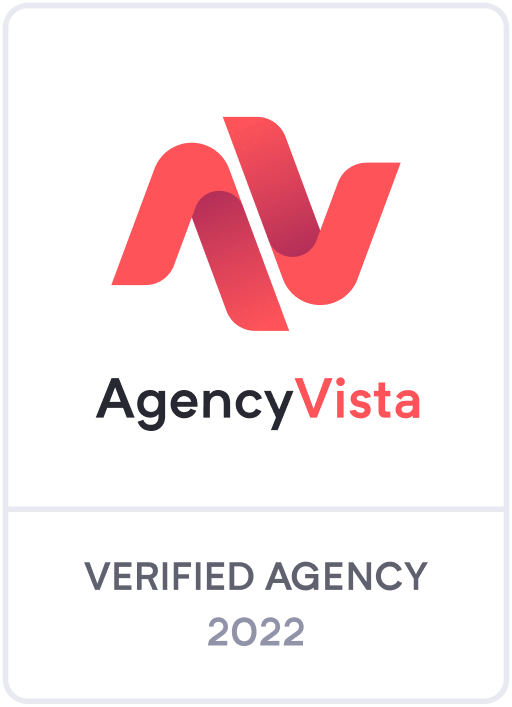Case Study: Google AdWords – Optimized Pages Vs Splash Pages
Oftentimes, digital marketers have little control over the look and feel of the landing page they are given to serve prospective customers online. At Sundown Marketing we’re lucky enough to have complete control over the landing pages (with client consent of course), so we decided to test what works better for an AdWords campaign: the traditional “splash” landing page which usually consists of very few words, but tons of over-the-top calls to action, or a traditional optimized page, with SEO best practices in mind.
For this case study we used three ad groups:
- For ad group A, our strategy was to send users to an SEO optimized landing page, without making any changes to the page.
- For ad group B, our strategy was to send users to an SEO optimized landing page, but we added one call to action, a specialized contact form.
- For ad group C, our strategy was to send users to a unique “splash” page created specifically for this ad campaign.
As you can see from above, we utilized two SEO optimized landing pages and just one splash page, but we felt it was important to study the impact of a high value call to action on an existing SEO optimized landing page.
After two weeks here are the results we saw from our three ad groups:

Ad performance:
The first two ad groups were the SEO landing pages, and they did fairly well in the first two weeks of existence. The first one produced 50 clicks, with a click-through-rate of almost 9%, while the second one produced 124 clicks with a click-through rate of just over 4%. At first glance, you might say that ad group C did not do well in comparison to the first two. Only 9 clicks. However, it did produce a very high click-through-rate at almost 14%.
Now, none of this tells us how the landing page performed, only how the ads performed, right? However, there is something we can deduce here that might be telling, and that is the number of impressions. If the splash landing page contributed to a low-quality score for the keywords, then the ads might have been served less frequently. However, the keywords in ad group C had quality scores of “8”. That is high quality score. Meanwhile, the quality score of the other ad groups were 7, 8, and 9. That’s pretty good too, so it seems the landing page has not affected the quality score of the keywords. The fact that ad group C had fewer impressions must simply be because it was searched for less frequently than the other two ad groups.
Now, let’s get into how the landing pages performed once users were there. Below is the Analytics data for the AdWords campaign that tells us a little bit about that:

In this Analytics data we can see that while all the first two ad groups had much more traffic from the pay per click campaign, they had less time on site, which is quite shocking. However, there’s one column that stands out for ad group C, and that is the bounce rate is much lower than the first two ad groups. Still, there were only 11 visitors, so we can’t conclusively say much from that data sample, but it is an insightful start.

Looking at the impressions over time, there was an uptick a few weeks after we reverted the landing page from a splash page to the SEO friendly landing page. This indicates that the market was higher, but also likely that Google preferred to show this ad after we started sending it to an optimized landing page.
In the end, the two ad groups with the SEO landing pages had more clicks then the ad group utilizing the splash page. It could simply be that those keywords were searched for more often, or it could be that Google prefers to show ads with SEO friendly landing pages. When the splash page was reverted to an SEO page the ad was shown more frequently, so it is probably safer to go with an SEO page.
If you’re in a hurry to get a page up and start directing traffic to it, a splash page isn’t a bad idea, but you should really consider the drastic difference in clicks that we produced in our study and send your paid advertising campaigns to SEO optimized pages. It would also be a good idea to customize the page with a call to action and a specialized contact form. Besides it won’t hurt to optimize it for organic traffic too, and allow it to continue bringing organic traffic into your website.
If you need any assistance with your Google AdWords campaigns or any other paid advertising campaign or have questions about the most effective way to manage your Google Adwords program, give Sundown Legal Marketing a call at (800) 649-1764 or contact us through our online contact form.







